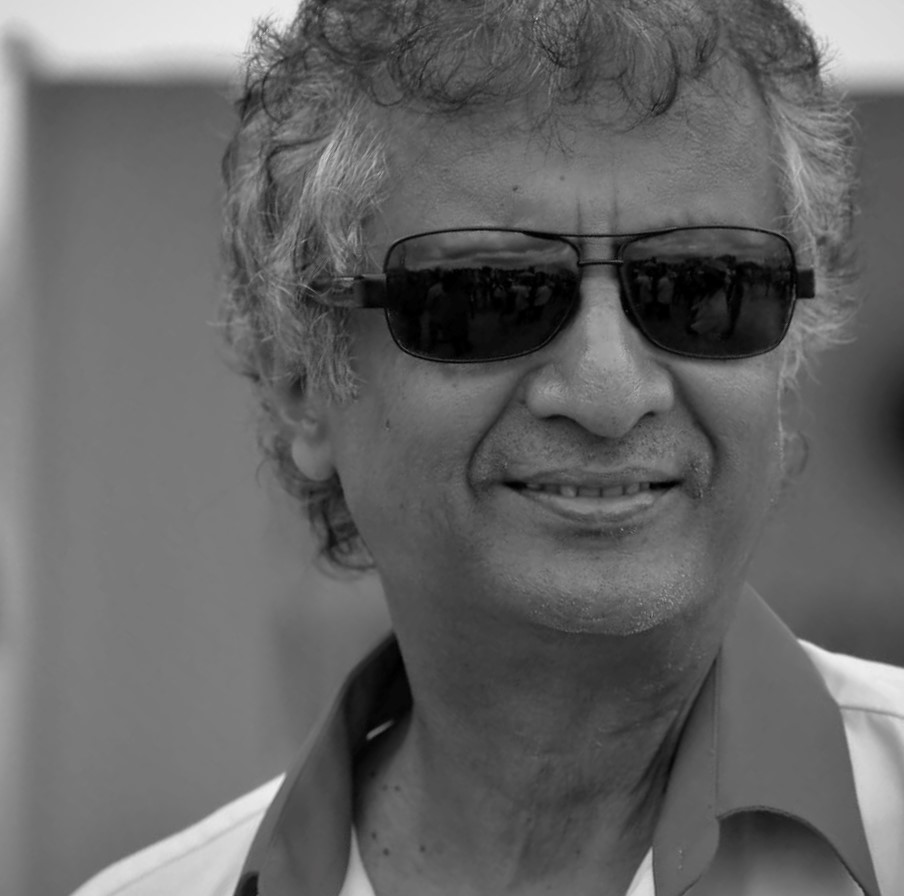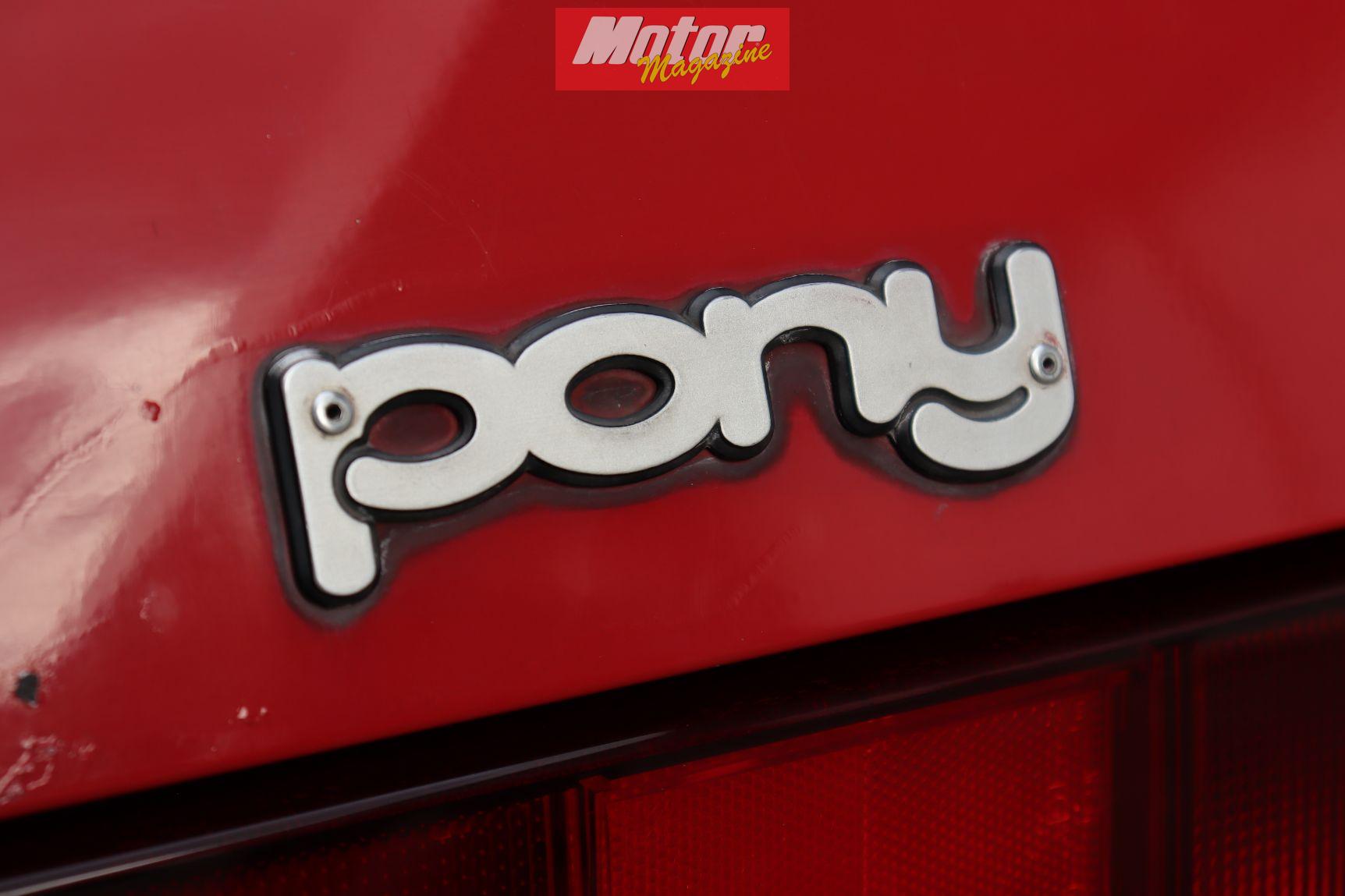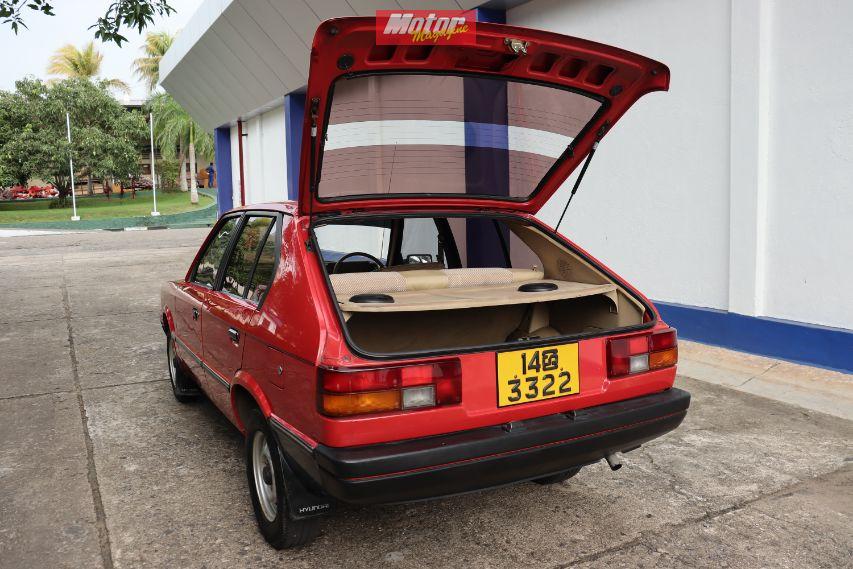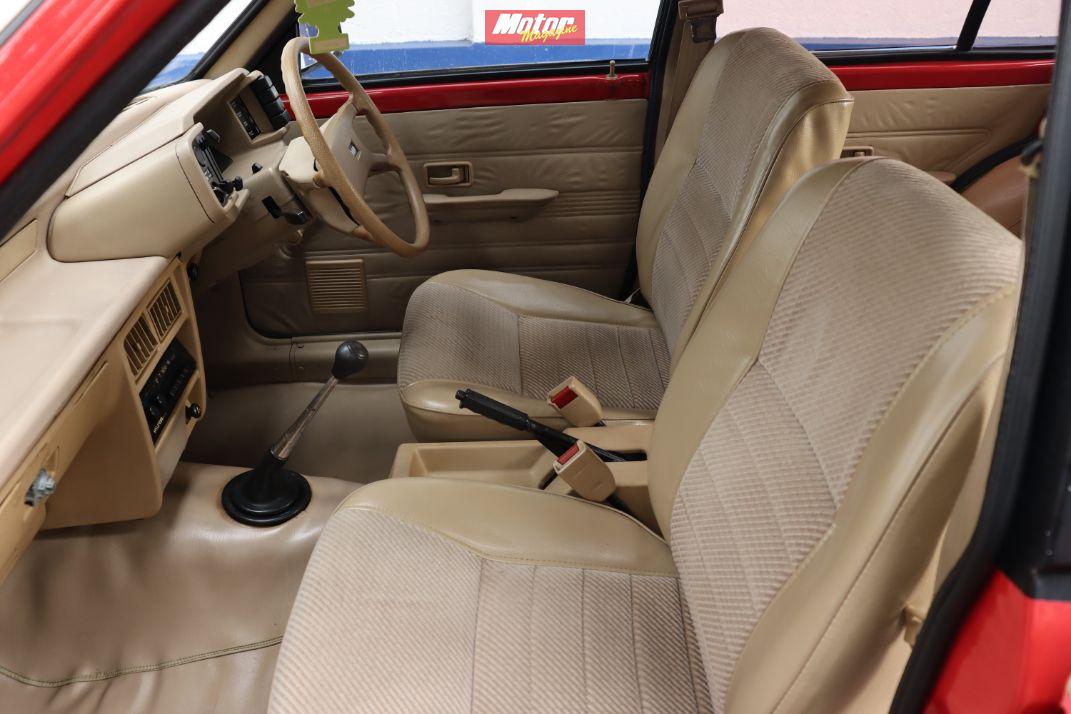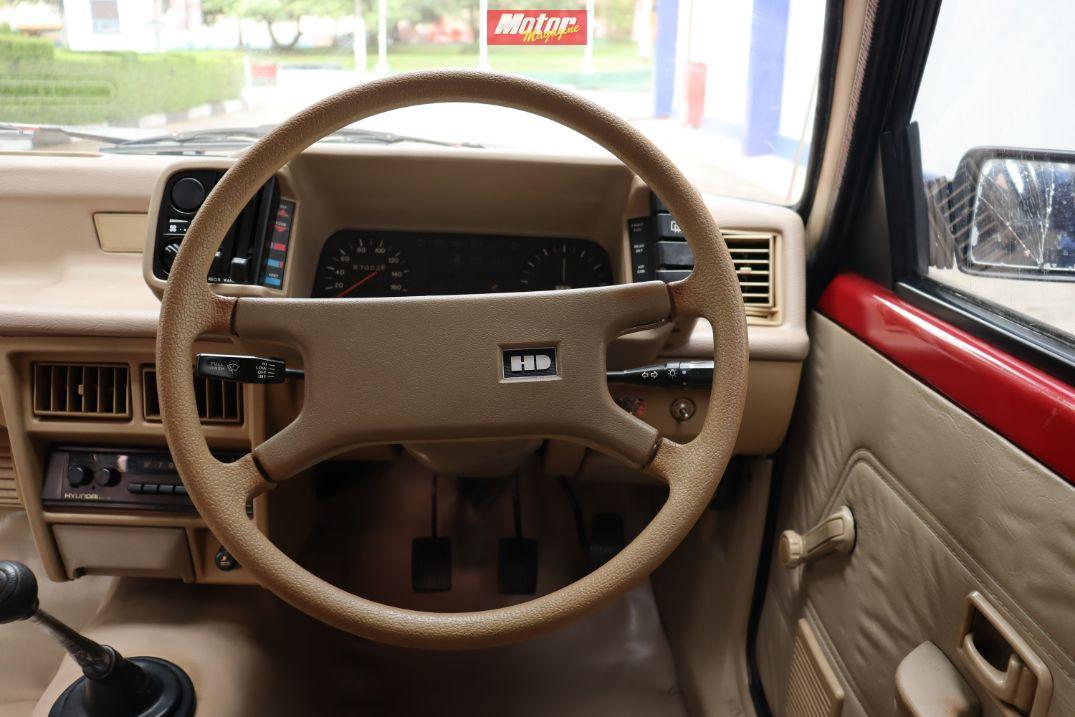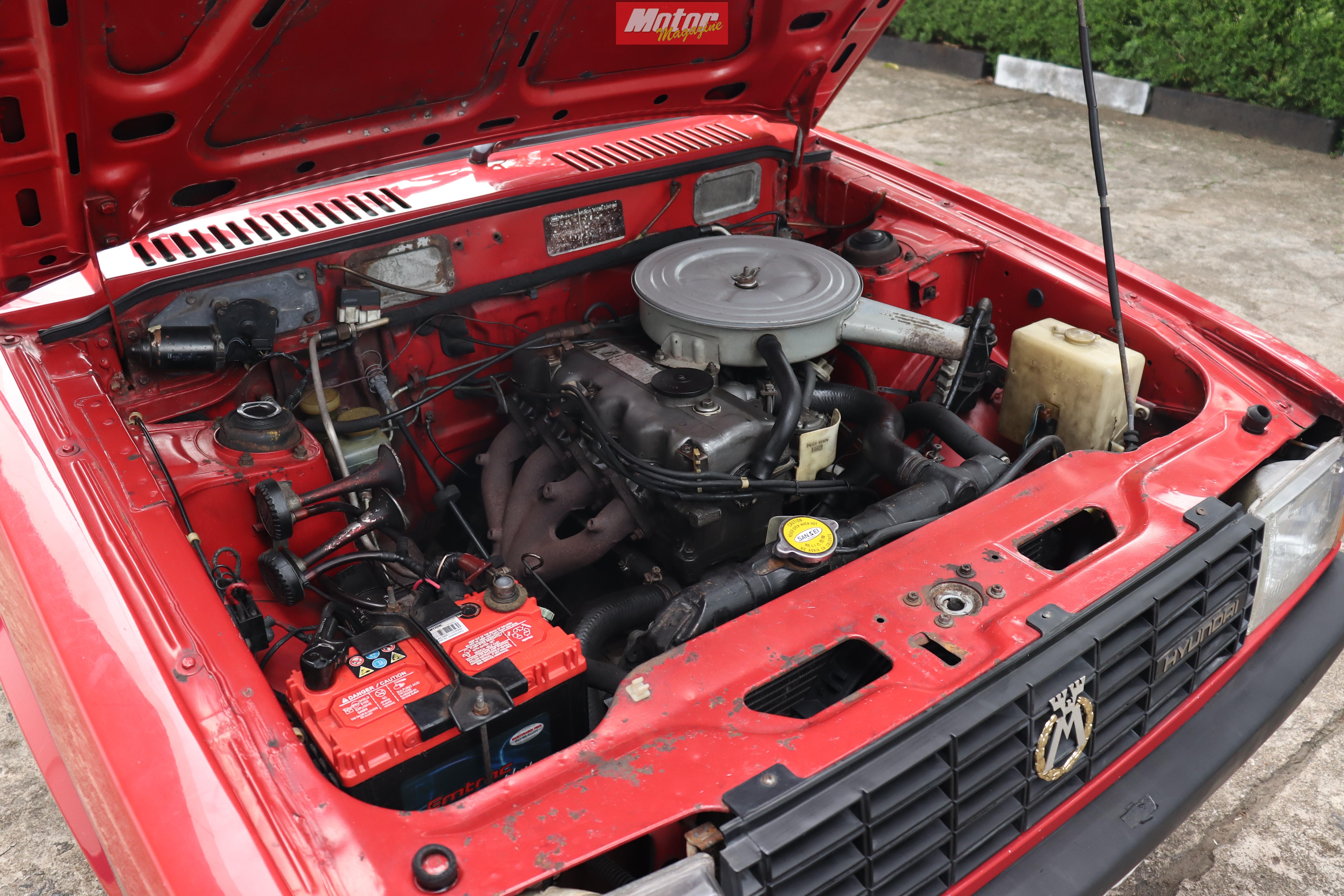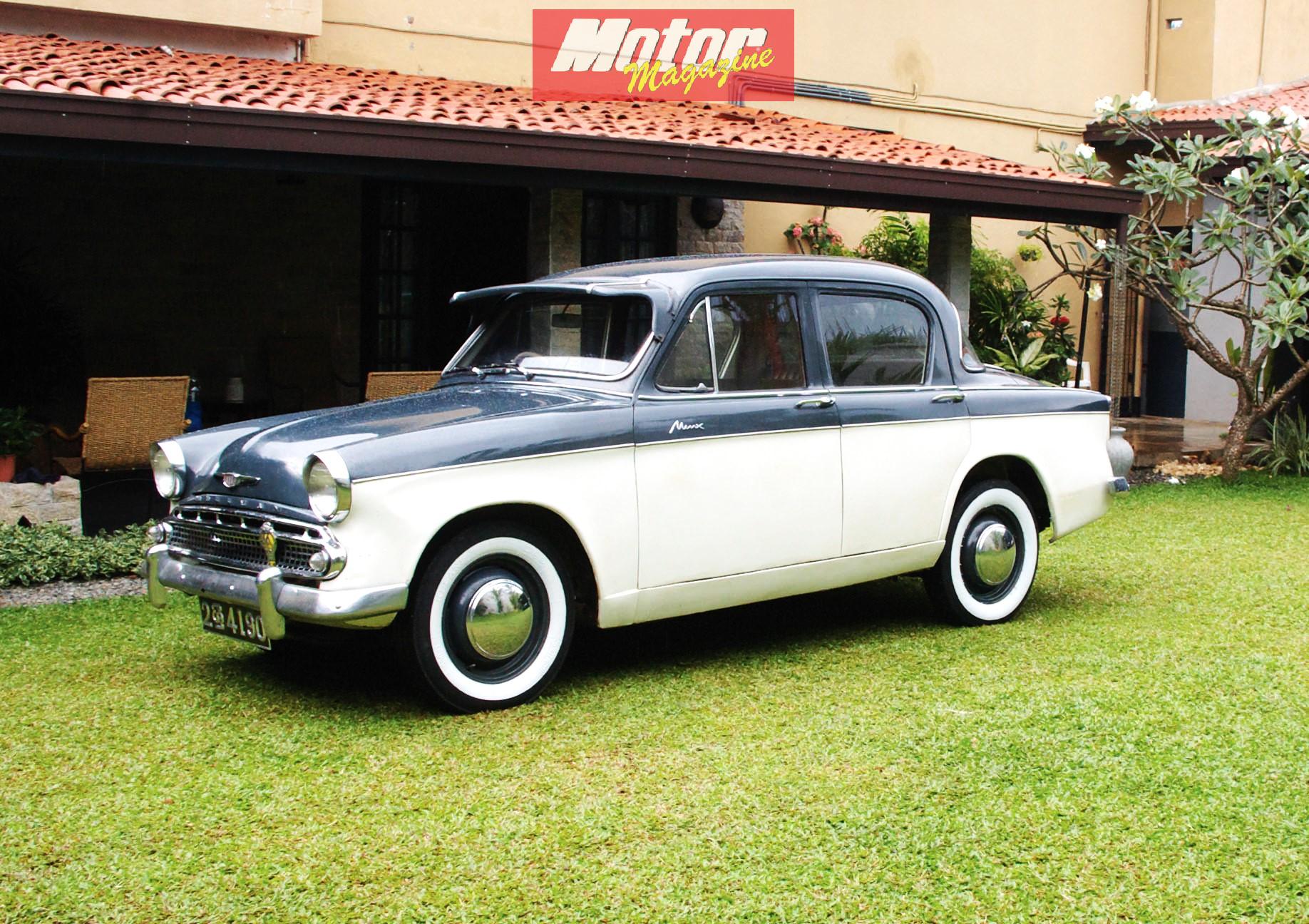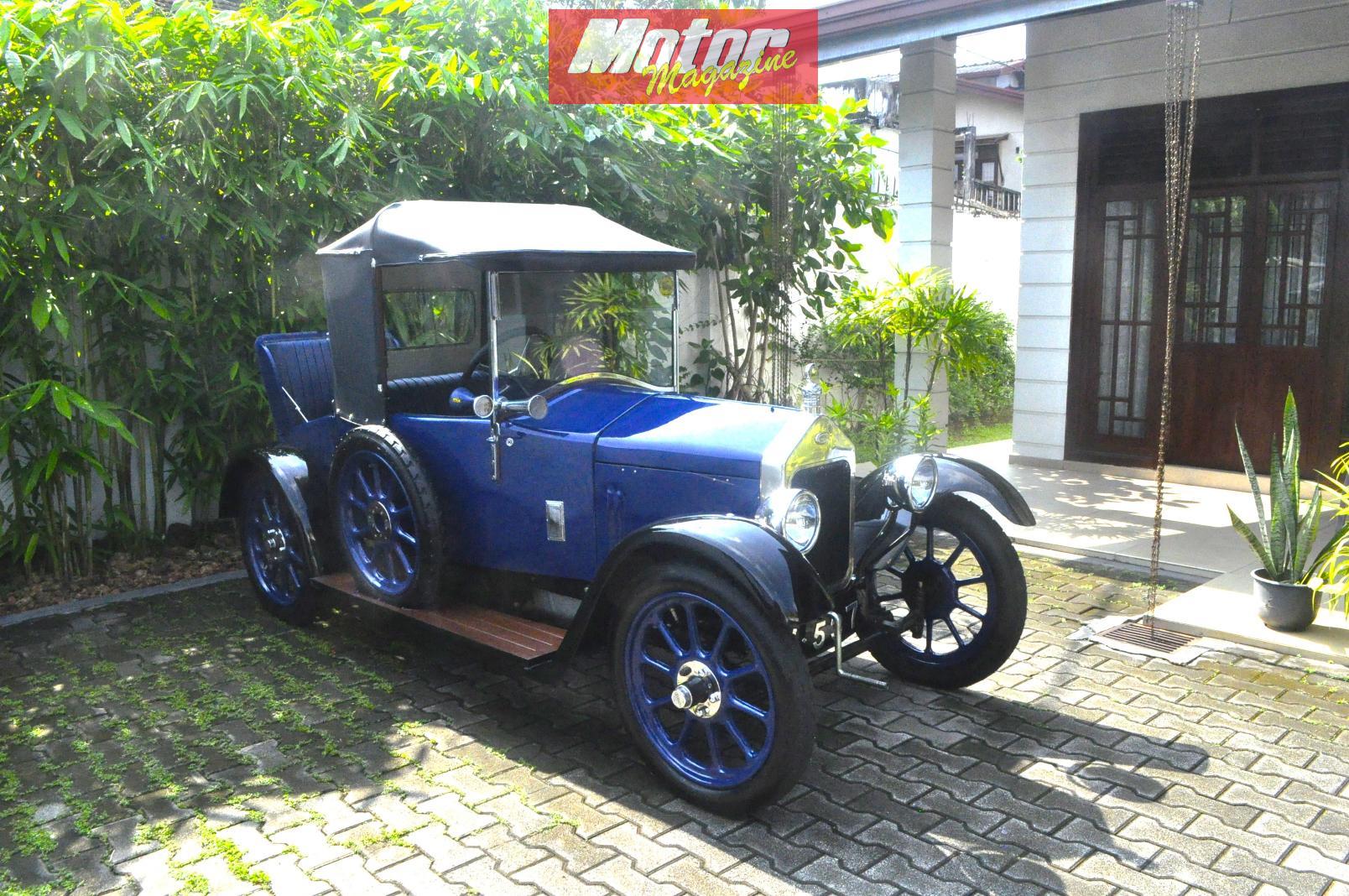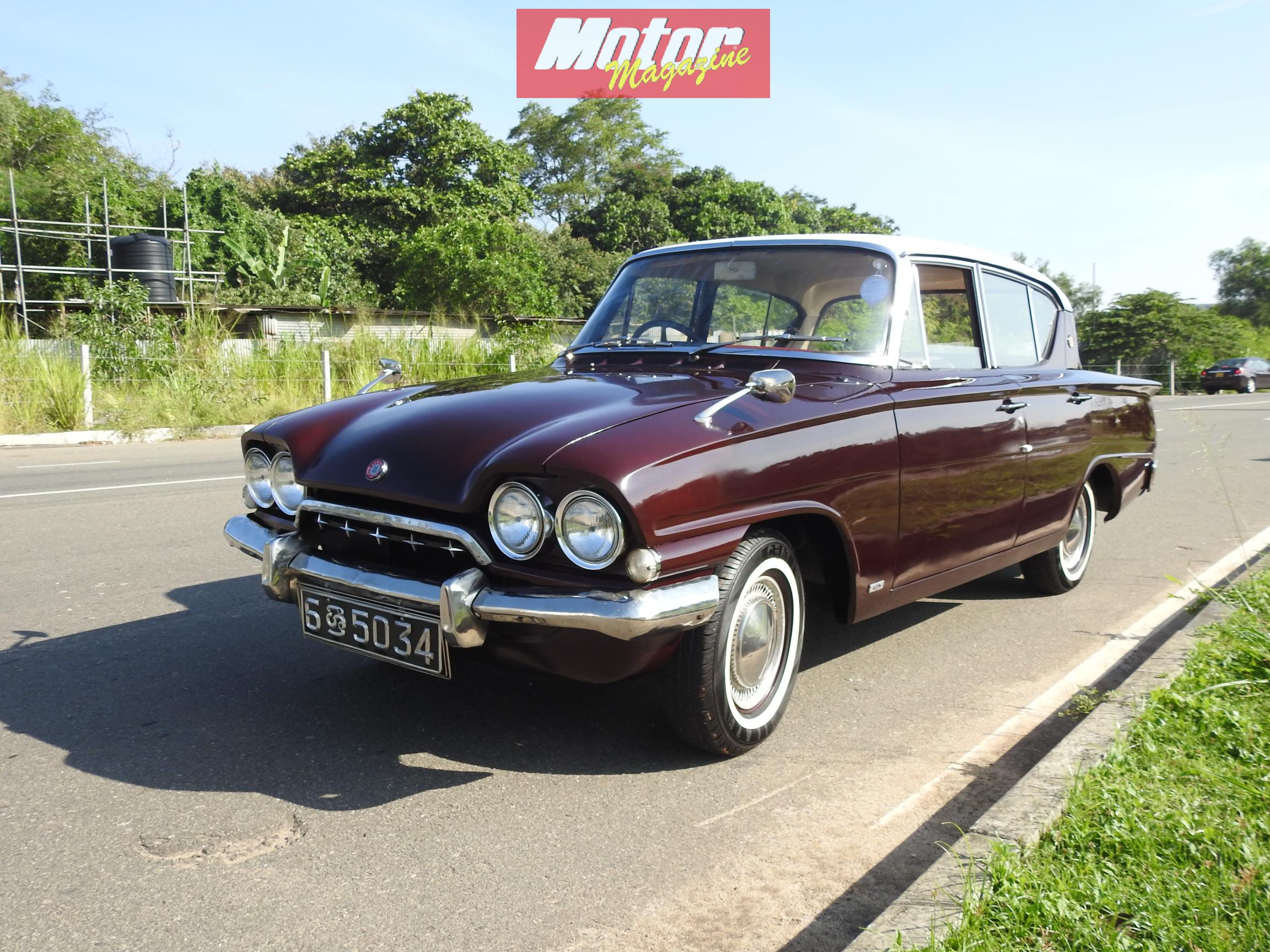The rear-wheel-drive Hyundai Pony was produced by the South Korean manufacturer from 1975 until 1990. The Pony was South Korea's first mass-produced and exported car. The Pony nameplate remained in use until 2000 on some export versions of the Hyundai Excel and Accent.
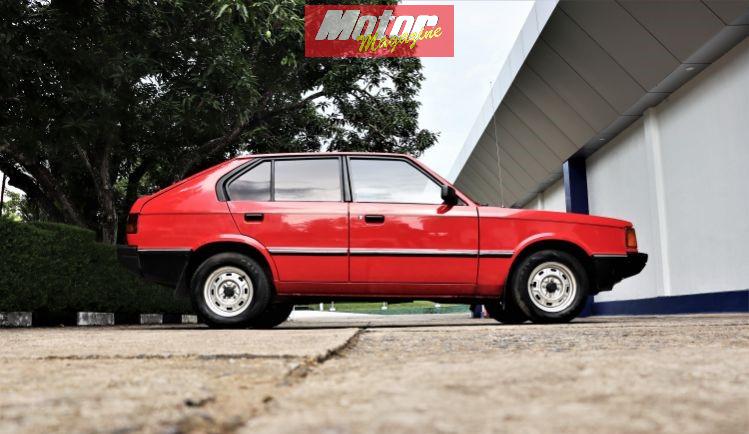
Hyundai had already ventured into car production by producing locally built versions of the Ford Cortina under licence from 1968. When the company wanted to develop their own car, they hired George Turnbull, the former managing director of Austin Morris at British Leyland in 1974. He in turn hired five other top British car engineers, Kenneth Barnett as body designer, engineers John Simpson and Edward Chapman, John Crosthwaite as chassis engineer and Peter Slater as chief development engineer. With Turnbull's experience with the Morris Marina; engines and transmissions from Mitsubishi; some parts from the Ford Cortina they were already producing; and a hatchback body styled by Italdesign Giugiaro, they developed the Hyundai Pony.
The Pony was presented as a coupe concept car at the Turin Motor Show in October 1974, and the car was introduced in December 1975 as a four-door sedan to compete with the Saehan Gemini and Kia Brisa. In 1981, the small bootlid from the sedan was replaced by a hatchback creating a new five-door model. This was accompanied with a new three-door hatchback. The Pony was loosely based on both the earlier licence-built Ford Cortinas and the Morris Marina, with former British Leyland engineers being hired by Hyundai to design the car.
Hyundai began exporting the Pony to Chile, Argentina, Colombia, Ecuador and Egypt in 1976. European exports began in 1979 with Belgium and the Netherlands, with Greece added shortly thereafter. The pickup version was added in October that year, only available with the smaller, 1.2 liter, engine and a 380 kg (838 lb) payload.
Second generation (1982)
Introduced in
January 1982, the Pony II was similar mechanically to the first-generation
version, but was extensively restyled. Only the five-door Liftback and two-door
pickup were offered.
With the Pony
II, export also began to the UK in the spring of 1982 – making it the
first Korean car to be sold there. Initially, the
Pony was positioned as a budget offering between Eastern Bloc brands (Lada,
Skoda) and the lower echelons of established
Japanese makes for sales, marking the beginning of a successful foray into this
market by Korean carmakers.
For 1984, the
Pony came only with a 1439 cc (88ci) 4G33 engine
inline-four, rated at 70 hp (52 kW) and 82 lb·ft (111 N·m) of torque. This engine was available with either a
four-speed or five-speed manual or a three-speed automatic
transmission. In mid-1985, the door handles were blacked out, chrome was removed from the windshield wipers, and the "HD" badge
was removed from the center of the grille and replaced with the lettering
"Hyundai" off to the left side. A 1.6-liter model 4G32 engine became
available in 1985, with optional air conditioning. These powerplants had a hemispherical crossflow cylinder
head, two valves per cylinder (chain-driven SOHC),
a two-barrel downdraft carburetor (manual choke) and breaker point-type ignition.
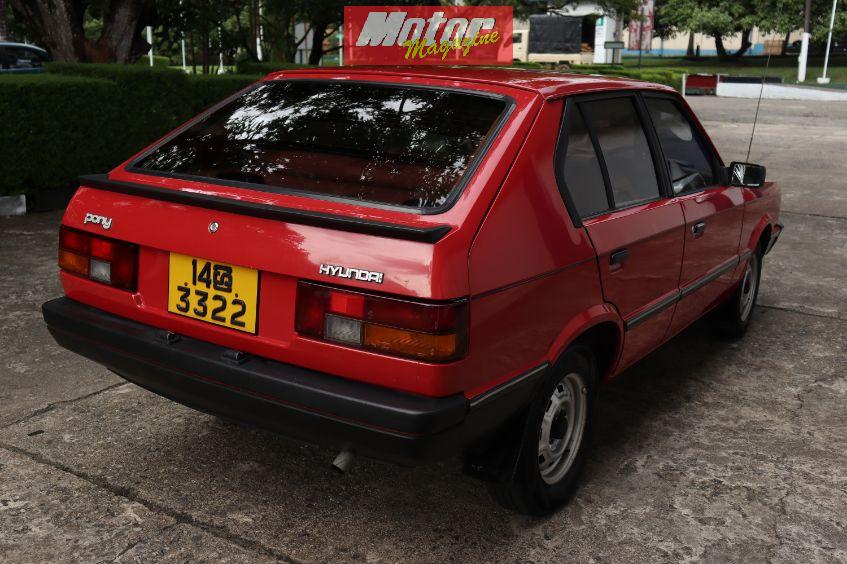
The featured car
The car
featured here is a 1984 model Second Generation Pony. It was recently acquired
by the current owner Raveen Adeesha who is a technician working at DIMO. He
says that he bought the car from the first owner, who obviously has looked
after the car very well. It is very
rarely that you find a 35+ year old very ordinary car maintained in very
extraordinary condition. This Pony is one such car!



